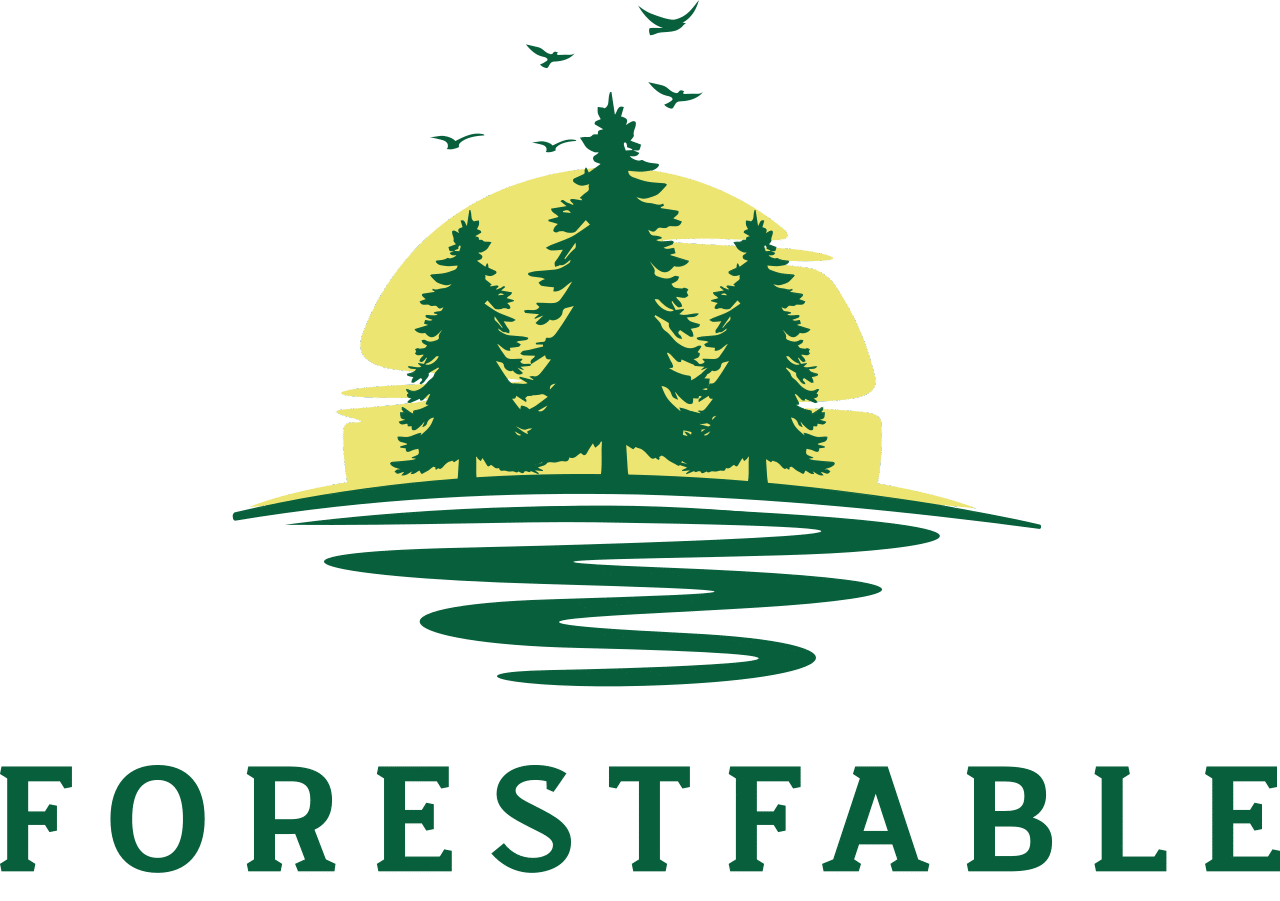A Pioneering Step Toward a Greener Future
In July 2022, the American Forest Foundation (AFF) made history by issuing a $10 million green bond through its affiliate, the Family Forest Impact Foundation, to finance the Family Forest Carbon Program (FFCP). This first-of-its-kind Series 2022A taxable bond marks a bold stride in climate finance, empowering family forest owners in Central Appalachia to combat climate change through sustainable forest management. By unlocking access to carbon markets, the FFCP enables small landowners to contribute to carbon sequestration while earning income, addressing both environmental and economic challenges.
This article explores the significance of this groundbreaking green bond, delving into the FFCP’s mission, mechanics, and impacts. As the world grapples with escalating climate threats, innovative financing like this bond offers a scalable model for harnessing private forests in the fight against global warming. Join us as we uncover how this initiative is reshaping conservation and climate action.
What Is the Family Forest Carbon Program?
The Family Forest Carbon Program (FFCP), launched by the American Forest Foundation in partnership with The Nature Conservancy, is a pioneering initiative designed to engage family forest owners in climate solutions. In the United States, family and individual landowners own approximately 290 million acres of forestland—about 40% of the nation’s total forest cover. These small, privately held forests, often less than 100 acres, are critical to carbon sequestration, biodiversity, and ecosystem health but have historically been excluded from carbon markets due to high costs and complex requirements.
The FFCP bridges this gap by providing financial incentives to landowners in regions like Central Appalachia to adopt sustainable forest management practices. These practices, such as reducing timber harvests or extending rotation periods, enhance carbon storage in trees and soil. In return, landowners receive payments based on the carbon credits generated, which are verified and sold to corporations or other entities seeking to offset their emissions.
The program targets family forest owners who may lack the resources or expertise to navigate traditional carbon markets. By simplifying participation and offering technical support, the FFCP empowers these stewards to contribute to climate mitigation while preserving their land for future generations. The $10 million green bond fuels this mission, expanding the program’s reach and impact.
The $10M Green Bond: A Game-Changer
The $10 million Series 2022A taxable green bond, issued in July 2022 by the Family Forest Impact Foundation, is a landmark in sustainable finance. Unlike traditional bonds, green bonds are specifically designed to fund projects with environmental benefits, such as renewable energy or conservation. This bond, underwritten by Morgan Stanley, is the first to directly finance a carbon program for small family forest owners, setting a precedent for innovative climate funding.
The bond’s proceeds are allocated to the FFCP, covering costs like landowner payments, program administration, carbon credit verification, and forest management planning. Structured as a taxable bond, it appeals to impact investors seeking both financial returns and environmental outcomes. The bond’s 10-year term provides stable funding, allowing the FFCP to scale operations and enroll more landowners in states like West Virginia, Pennsylvania, and Ohio.
Its significance lies in its novelty. By linking green finance to small-scale forestry, the bond democratizes access to carbon markets, traditionally dominated by large corporations or governments. It also aligns with growing investor demand for ESG (Environmental, Social, Governance) assets, with green bonds globally surpassing $1 trillion in issuance by 2022. The AFF’s initiative, praised by outlets like PRWeb, proves that innovative financing can drive scalable climate solutions.
How the Program Works
The FFCP operates on a clear, landowner-centric model that balances environmental goals with economic viability. Here’s how it functions:
- Enrollment and Assessment: Family forest owners with at least 30 acres apply to join the FFCP. AFF’s foresters assess the land’s carbon storage potential using tools like remote sensing and field inventories.
- Management Practices: Participants commit to sustainable practices for 20 years, such as reducing harvests, promoting tree growth, or enhancing forest health. These actions increase carbon sequestration by allowing trees to store more carbon over time.
- Carbon Credit Generation: The additional carbon stored is quantified and verified by third-party auditors using rigorous standards, ensuring credits are credible. Each credit represents one metric ton of CO2 equivalent avoided or sequestered.
- Payments to Landowners: Landowners receive annual payments based on the verified carbon credits, providing a new income stream. Payments vary by forest type and practice but can range from $10–$50 per acre annually.
- Credit Sales: The FFCP aggregates credits from multiple landowners and sells them to buyers, such as corporations offsetting emissions. Funds from these sales support the program and bond repayments.
The $10 million bond finances these steps, ensuring landowners are compensated promptly while the program scales. In Central Appalachia, where economic challenges often pressure landowners to sell or harvest timber, these incentives encourage conservation over deforestation. The model’s success hinges on trust, transparency, and rigorous verification, as noted by Kestrel ESG.

Environmental and Social Impacts
The FFCP, backed by the green bond, delivers multifaceted benefits for the environment and rural communities:
- Climate Mitigation: By enhancing carbon storage, the program reduces atmospheric CO2. A single acre of mature forest can sequester 2–6 tons of CO2 annually, and the FFCP’s expansion could offset emissions equivalent to thousands of cars yearly.
- Biodiversity: Sustainable practices like selective harvesting preserve habitats for wildlife, including endangered species in Appalachia, such as the cerulean warbler. Healthier forests also improve soil and water quality.
- Economic Empowerment: Payments provide financial stability for family landowners, many of whom face economic pressures. This income supports rural economies, reducing reliance on timber sales.
- Community Resilience: By preserving forests, the program mitigates flood risks and enhances ecosystem services, benefiting local communities. It also fosters pride in land stewardship.
The AFF estimates that the FFCP, with the bond’s support, could engage thousands of acres, amplifying these impacts. The program’s focus on small landowners addresses a critical gap in climate action, as family forests collectively store more carbon than many public lands. Its success in Appalachia sets a model for replication nationwide, as highlighted by Dovetail Partners.
Challenges and Future Potential
While the FFCP and its green bond are groundbreaking, challenges remain. Scalability is a key hurdle; enrolling thousands of small landowners requires significant outreach, technical support, and funding beyond the $10 million bond. Carbon market volatility, with credit prices fluctuating based on demand, could affect long-term viability. Additionally, verification costs for small parcels are high, necessitating streamlined processes to maintain affordability.
Barriers for landowners include the 20-year commitment, which may deter those needing short-term income, and the complexity of carbon contracts. The AFF addresses these through education and flexible terms, but broader adoption requires policy support, such as tax incentives or streamlined regulations, as noted in Washington’s Small Forest Landowner Carbon Work Group report.
The bond’s success, however, signals immense potential. It has inspired discussions about replicating the model in other regions, with organizations like NatureVest exploring similar conservation finance strategies. Globally, green bonds are gaining traction, with initiatives like Fiji’s blue bond showing how targeted financing can drive environmental outcomes. The FFCP could expand to other U.S. regions or integrate with larger carbon funds, such as EFM and Sojitz’s $200M forestry initiative.
Future innovations might include bundling credits with other ecosystem services (e.g., water purification) or leveraging technology like blockchain for transparent credit tracking. By proving that small-scale forestry can attract institutional capital, the AFF’s bond paves the way for a new era of climate finance.

A Blueprint for Climate Action
The $10 million green bond issued by the Family Forest Impact Foundation is a beacon of hope in the fight against climate change. By financing the Family Forest Carbon Program, it empowers family forest owners to sequester carbon, preserve biodiversity, and strengthen rural communities. This first-of-its-kind initiative demonstrates that innovative finance can bridge environmental and economic goals, offering a scalable model for global conservation. As we face an urgent climate crisis, the AFF’s bold step invites us all—investors, policymakers, and citizens—to support solutions that sustain our planet for generations. Let this bond be the first of many, igniting a movement where every forest counts.




